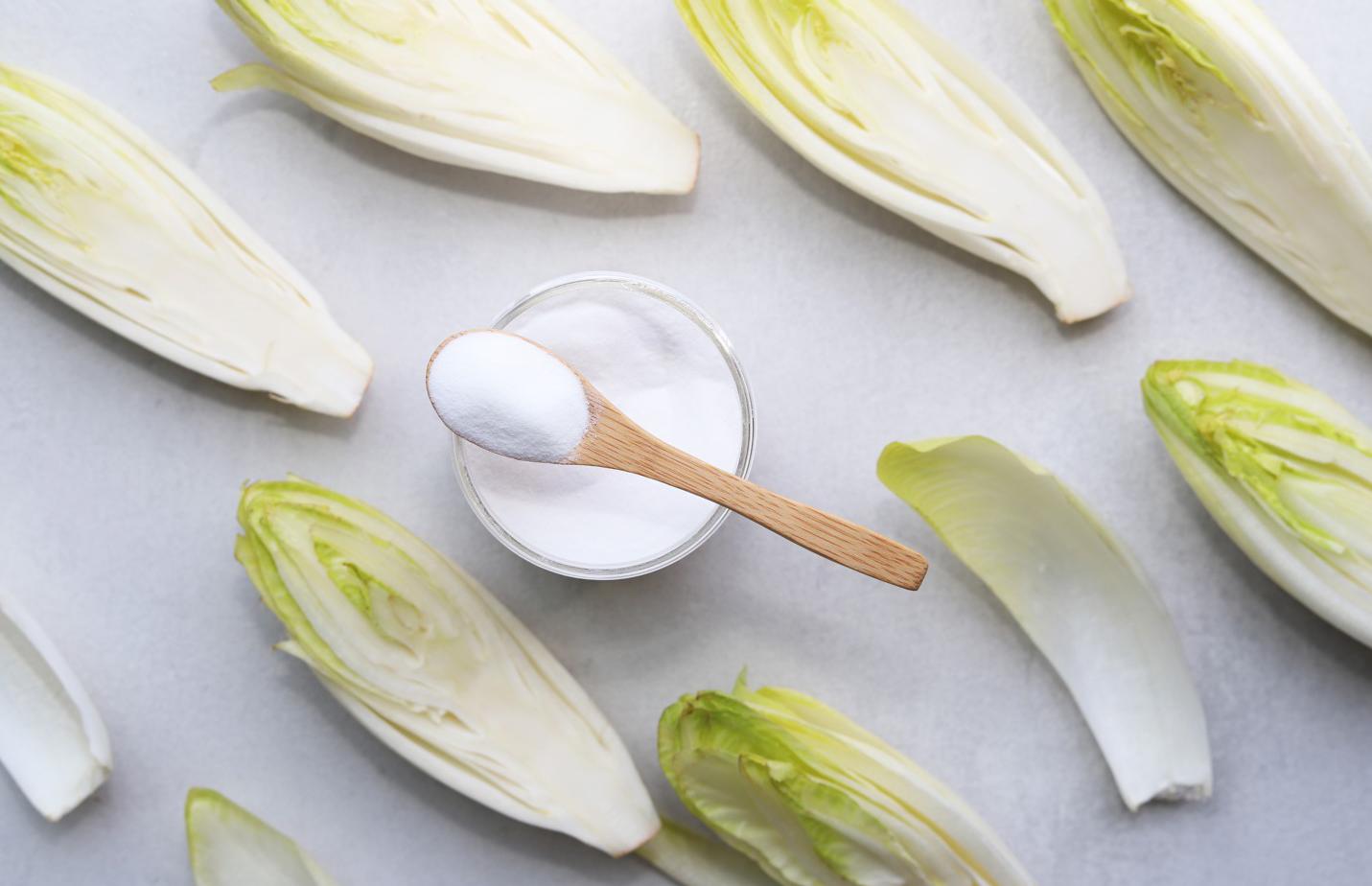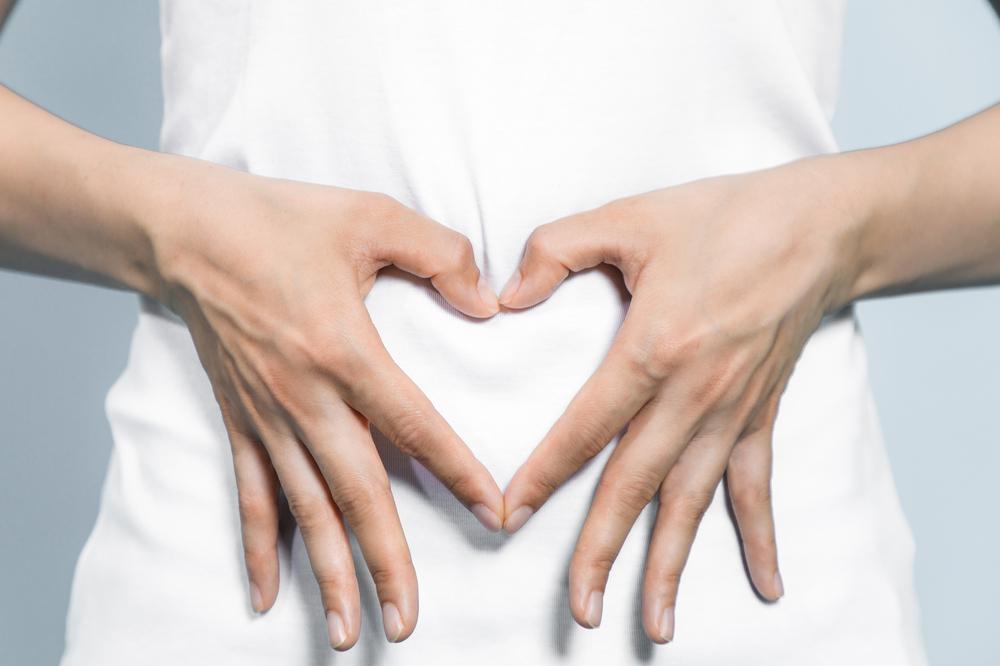
Jerusalem artichoke, chicory, onion and garlic are the main sources of inulin. It is also found in fruits and berries, such as bananas. In the food industry, inulin is used as a substitute for fat and sugar; it is additionally enriched with other products, including baby food. The main benefits of inulin for humans are associated with improved digestion and support of intestinal microflora. Let’s figure out what inulin is, what its benefits are and whether it has any contraindications.
- What is this
- Benefit
- Harm
- Where is it kept?
Alina Gubanova, gastroenterologist at the Rassvet clinic;
Angela Davidyan, nutritionist at the Life Med Center modern medicine clinic, specialist in integrative nutrition.
What is inulin
Inulin itself is not dangerous for the human body, but taking it as a supplement should be discussed with your doctor.
Inulin is a type of soluble fiber found naturally in fruits, vegetables, and grains (1). It belongs to the group of indigestible carbohydrates and acts as a prebiotic in the human body, stimulating the growth of beneficial bacteria in the intestines (2). The name inulin comes from the plant Elecampane or Inula helenium, in the roots of which it was discovered at the beginning of the 19th century.
The energy value of inulin is about 1.5 kcal per gram of substance and it has a low glycemic index (1). The daily human need for inulin ranges from 10 to 20 g per day (3). It is obtained mainly from food in several ways:
- From vegetables and fruits. Inulin is found in more than 30 thousand plant species, including those available in the daily diet (4). For example, wheat, onions, garlic and bananas.
- As a supplement. Inulin is produced as a dietary supplement in the form of powder, capsules or chewable tablets.
- With other products. In cooking, inulin is used as a fat or sugar substitute (2). It is added to confectionery products, as well as dairy-free and dairy products.
- With drinks. Inulin is found in chicory drink, which is brewed as an analogue of coffee (5). It is also additionally enriched in bagged and leafy green teas (6), and added to baby food, including for young children (7).

Benefits of inulin

Inulin is necessary for the human body due to its prebiotic effect.
Inulin promotes the development of the intestinal microbiota, says gastroenterologist Gubanova. In particular, it has been proven that inulin is involved in the growth of lacto- and bifidobacteria. At the same time, according to the doctor, it is important not to attribute any magical properties to inulin. “Today, there is still no sufficient scientific data on the effectiveness of inulin for functional constipation, as well as its effect on glucose metabolism, cholesterol levels, appetite and weight loss,” the expert notes. Here are some of the proven and potential beneficial properties of inulin for the human body:
1. Improves digestion
Inulin affects intestinal function by improving peristalsis, increasing and softening stool mass, and reducing other unpleasant symptoms of the gastrointestinal tract. One study found that a group of volunteers taking 10 grams of inulin per day for five weeks increased bowel frequency compared to a group taking an alternative treatment (8). Animal models have also shown that inulin generally improves the health of the intestinal mucosa (9).
2. Affects the gut microbiome
The gut microbiome is a collection of many microorganisms that live in the human intestines from birth. They are responsible for fermentation and digestion of food, and also help in the absorption of vitamins and the formation of immunity in general (10). It has been proven that a direct consequence of inulin intake is the stimulation of lactic acid bacteria in the intestinal microbiota, namely lactobacilli and bifidobacteria (11). These probiotic strains are beneficial to humans for many reasons. For example, they are used in the prevention and treatment of various infectious, allergic, and inflammatory conditions (12).
3. Keeps you feeling full
For dietetics, inulin is interesting because it can reduce appetite and prolong the feeling of fullness by increasing the volume of food moving through the digestive tract, says Angela Davidyan. In addition, it slows down the absorption of fats and carbohydrates, preventing sudden spikes in insulin, ensuring smoother and better absorption of nutrients, the expert adds. For example, in one study, adding inulin-rich vegetables to the diet reduced participants’ desire for sweet, salty, or fatty foods, as well as their overall food and calorie intake (13), (14). At the same time, the authors note that this mechanism is only part of saturation, which can be influenced by behavioral, social and other external factors.
4. Helps with the absorption of vitamins and minerals
Current research suggests that, under certain conditions, fructans such as inulin may improve the absorption of minerals, particularly calcium (15). The latter is especially important for the health of human bones and the functioning of the nervous system. There is also evidence that taking inulin stimulates the synthesis of provitamin D3 (7-dehydrocholesterol). The latter, under the influence of ultraviolet radiation, is converted in the skin into vitamin D3, which is necessary for humans to strengthen the immune system (16). The authors of the study explain this effect by the positive influence of inulin on the intestinal microflora.
5. Controls blood sugar levels
Carbohydrates such as inulin may lower glucose levels and improve insulin resistance in type 2 diabetes (17). However, results from studies involving humans vary. There are studies that report both positive effects (18) and studies without significant results (19). However, regardless of the results, the study authors acknowledge that high-fiber diets are generally beneficial for the prevention and treatment of diabetes (19). In particular, many of the foods allowed for type 2 diabetes contain inulin in one way or another, for example, bananas.
Harm of inulin
Inulin is a complex carbohydrate that can increase bloating and fermentation in the intestines, for example, in patients with irritable bowel syndrome, says gastroenterologist Alina Gubanova. Side effects, according to some data, are observed when taking inulin in doses of more than 20 g per day (19).
In addition, allergic reactions to products containing inulin are possible. In this case, the person may develop swelling, itching, redness of the skin and difficulty breathing. For example, chicory, one of the main sources of inulin, belongs to the same family as artichoke, chamomile, tarragon and sunflower seeds. They contain sesquiterpene lactone, which can cause skin irritation and contact dermatitis. Research has also shown that chicory contains specific proteins associated with pollen allergies (20).
Where is inulin found?

Inulin is found in many vegetables and fruits
The main industrial sources of inulin are chicory root and Jerusalem artichoke (2). There are several ways to extract this substance, including drying and grinding plant parts. Depending on the method, different amounts of raw materials are obtained, differing in appearance and composition (21). The commercial form of inulin appears as a white or creamy white powder that is highly soluble in water (1). When in contact with liquid, it forms a gel-like substance.
Here are some of the foods rich in inulin that can be consumed immediately or after cooking (1):
- Chicory root. Inulin accounts for up to 68% of all compounds present in its composition (22). Leaves and flowers…
